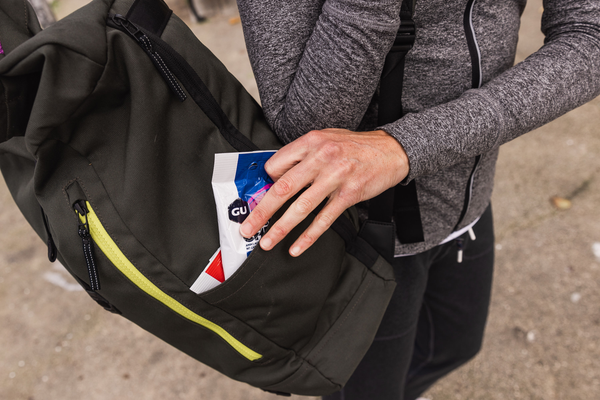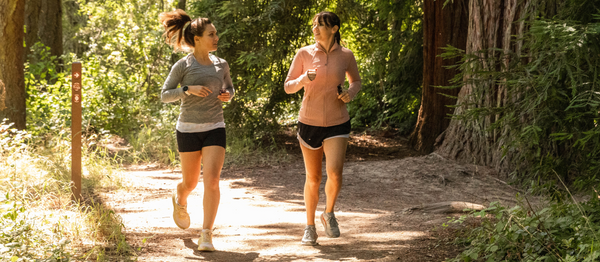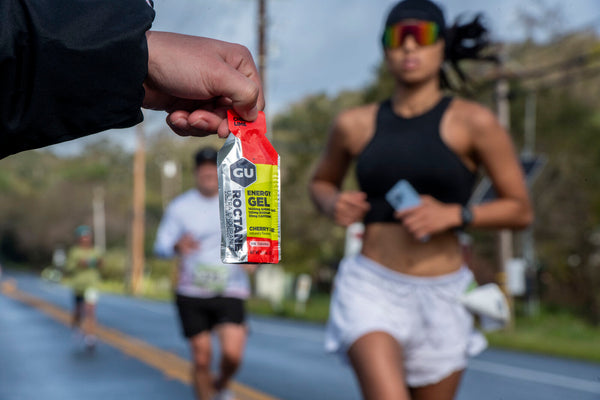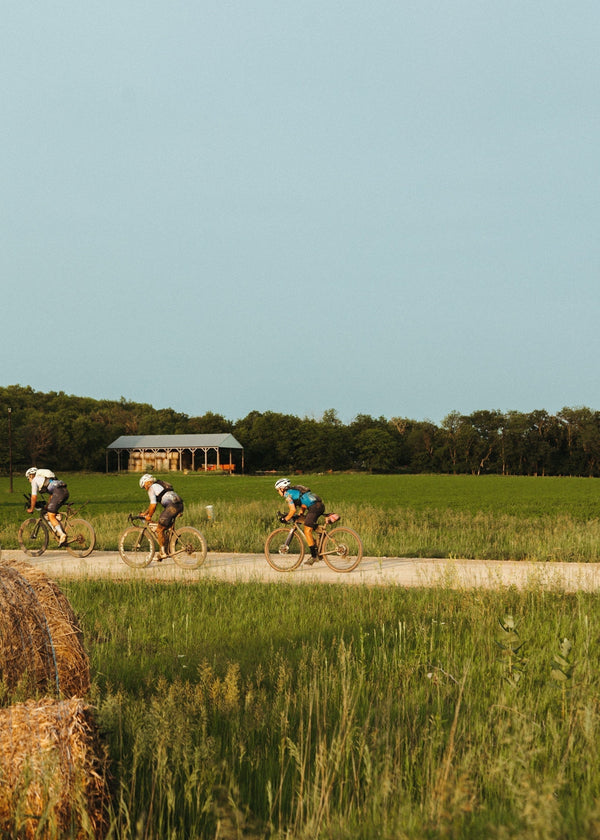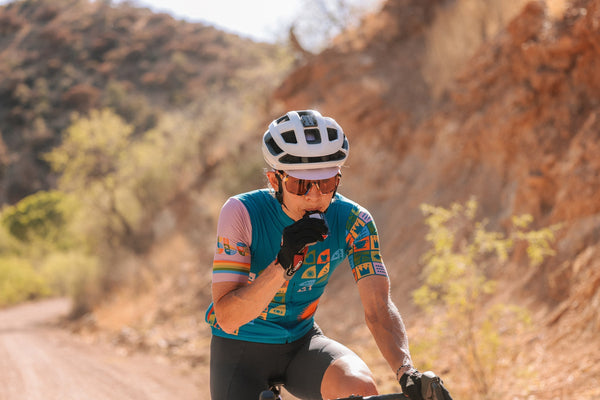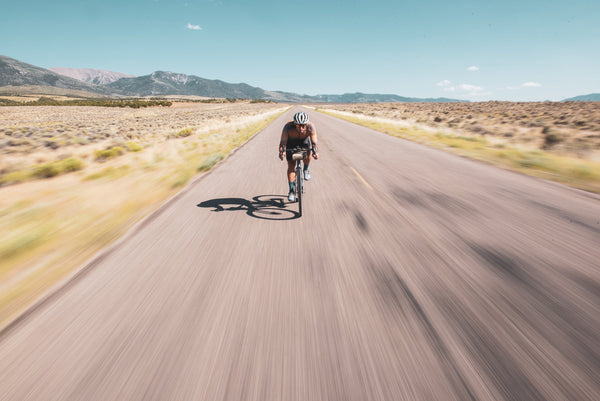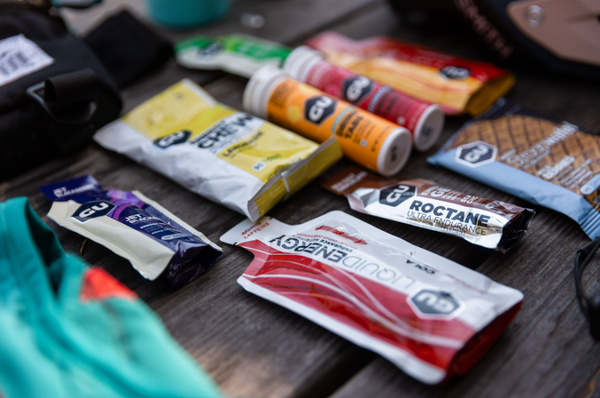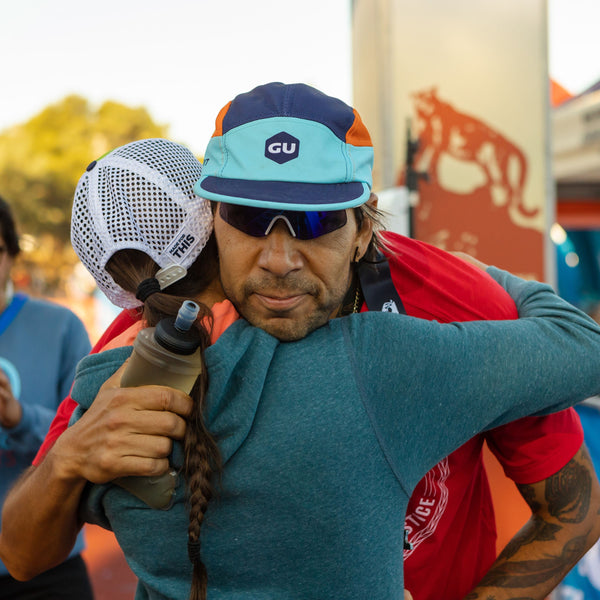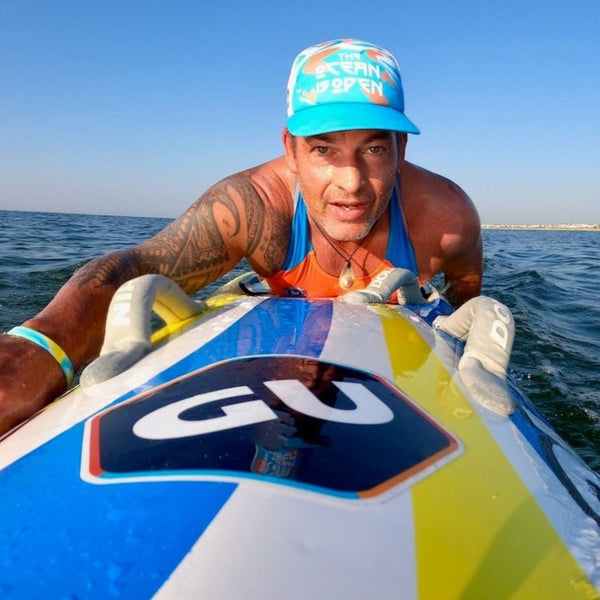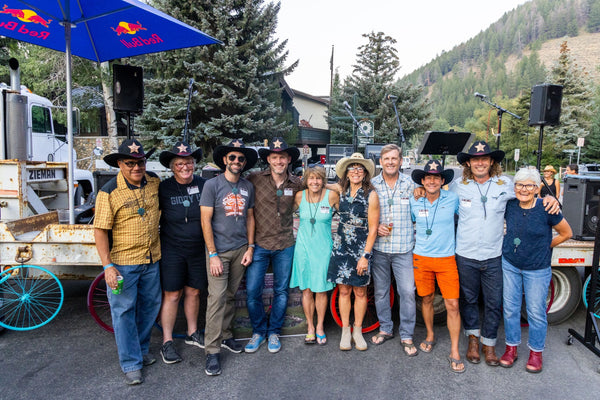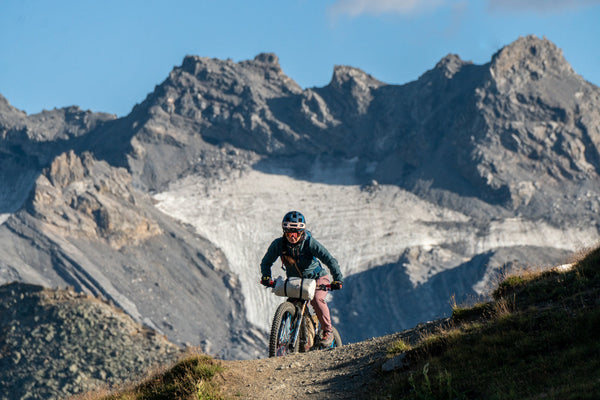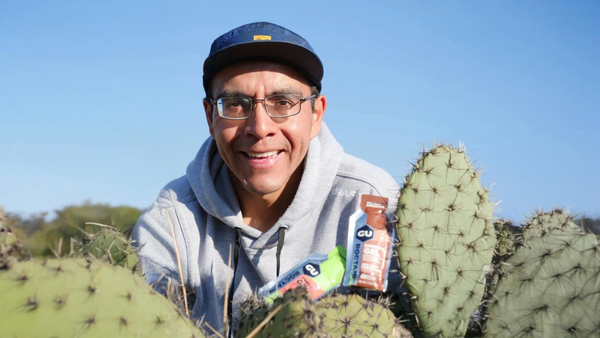PART 1: THE PROJECT
Mt. Everest has been summited 9,159 times.
Only 6% (or 610) of those summits were achieved by women.
By day, she’s our Nutrition & Performance Research Manager… but by night, she’s an accomplished alpinist with more than a dozen summits over 15,000 ft and five of the seven highest summits on each continent to her name. For the last seven years, along with getting a Master’s in Exercise & Sports Nutrition and working full time, Roxanne Vogel has had her sights set on climbing the highest peak in the world… Mt. Everest.

Roxanne on Iceland’s highest peak, Hvannadalshnjúkur
Roxanne is all about pushing limits. While Everest has seen 9,159 successful summits, no one has ever gone from sea level to the top and back as fast as Roxanne plans to… 14 days door-to-door. In a sport traditionally dominated by men, Roxanne will be one of fewer than 600 women to ever reach the highest peak in the world if she is successful.
Everest summit attempts typically take over 60 days and include multiple trips up to intermediate camps on the mountain to aid in the acclimatization process. Over the past few years, Alpenglow Expeditions, based in Squaw Valley, CA, has been pioneering their “Rapid Ascent” protocol, which can shorten attempts to as little as 35 days.
Roxanne wanted to push the limits even further and is working with Alpenglow Expeditions and other high-alpine experts to pioneer a strict training, acclimatization, and nutrition protocol to enable what we’re dubbing a “Lightning Ascent.”

Hauling gear to Denali’s 14,000-ft base camp in 2016
Why so fast? It’s not just about pushing the limits of what’s possible for the sake of speed. If done properly, there can be some serious benefits to shortening the time spent on the mountain:
- At extreme altitudes, climbers lose body weight, and their muscles deteriorate. By reducing time spent above 17,000ft, Roxanne will preserve her strength for her summit push.
- Life at Everest Base Camp means close quarters, shared meals, and lack of facilities… and these factors increase climbers’ risk of getting sick. By limiting time spent living in Base Camp, Roxanne reduces her risk of getting sick before her summit attempt.
- Not everyone can up and take two months away from work and family. Roxanne’s “Lightning Ascent” means she can achieve her goal without spending two months on the mountain.

Photo courtesy of Alpenglow Expeditions
May is Everest season. That’s because the jet stream moves north, opening a window of “good” weather on the mountain. Predicting the weather on Everest is tricky business, but the experts at Alpenglow Expeditions will be keeping a close eye on the forecasts, and when they see a window coming, Roxanne will get a call and hop on the next plane to Tibet.
As you read this, a small team from Alpenglow Expeditions is already stationed on the north side of Everest preparing a base camp and surveying conditions. Alpenglow’s base camp sits at 17,500 feet, which is 3,000 feet higher than the highest point in the lower 48 states. For those who’ve followed summit attempts in the past, the traditional route starts from the south in Nepal, but Roxanne and a small number of climbers will be climbing a route on the north side. One advantage to this route is fewer people and less crowding, but it also means more technical terrain higher on the mountain.
Now… we wait.
Follow GU Energy Labs on Instagram and Twitter for updates on Roxanne’s trip.














